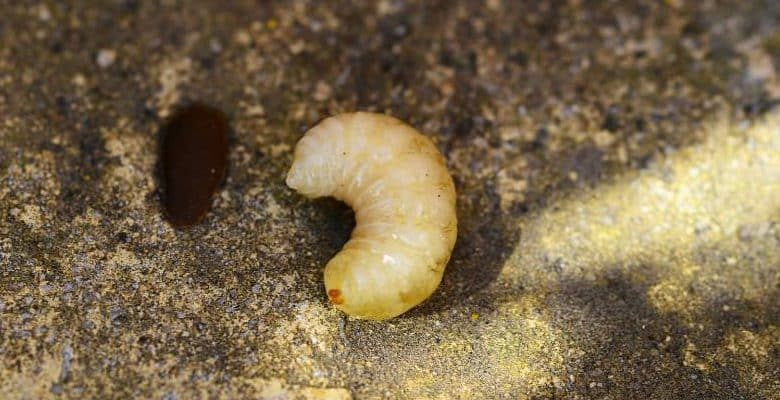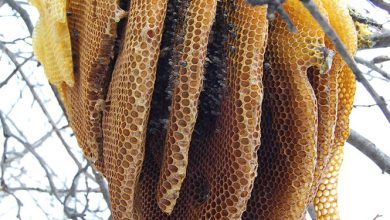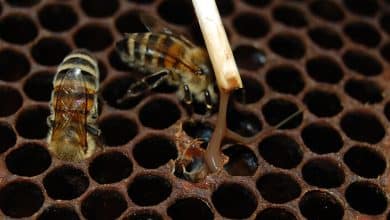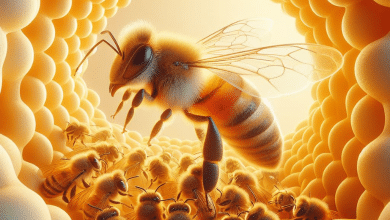Tutorial bee Larval transfer

Transfer of larvae

The term “grafting” will be used here even though the phrase “bee larval transfer” more correctly defines this process of raising queens. Since moving small larvae between cells necessitates excellent close-up vision, many beekeepers may find that reading glasses or magnifying glasses are necessary. Continue if some of the following at first seem confusing:
It really is straightforward, always works, and is worth the effort. You’ll need a few extra pieces of equipment to transfer larvae:
A wooden cell forming (an 8 mm (1 3 in) dowel with a rounded end), some wax, either new or recycled, a bain-marie, and a frame with a cell bar (s).
A “grafting” device. Grafting instruments come in a variety of forms, and the majority are sold by beekeeping supply companies. Because it makes it easier to both remove the larvae and put them in their ready-made queen cells, the Chinese grafting tool may be the simplest to use.
A small, sharp scalpel; If required, a magnifying glass.
The technique begins with a preparatory phase because you should get some things ready before you begin this process.

Prepare a frame with two cell bars first. then create a few synthetic queen cells as follows:
As a cell former, round off an 8 mm (1 3/8 in) piece of Dowling. Make a mark 5 mm (1/4 in) from the rounded end of the dowelling.
For about an hour, submerge the rounded end in a glass of water.
Wax should be melted in the bain-marie and then turned off. Removing the dowel rod from the water, shaking off the excess liquid, and then quickly dipping it into the melted wax up to the mark. Step away from the wax and into the water. About five to six times should be done in this manner. Rotate the wax off the dowel with caution. You now possess a queen cup. Create approximately 30 of these. Apply some molten wax to the cell bar’s underside (s).

Place a blob of molten wax about 25–50 mm (1–2 in) along a cell bar and, before it dries, place a queen cell on this. On each cell bar when employing Langstroth frames, 12 cells can be arranged. You can fit 8–10 cells using British Standard frames. The easier it is to remove them, the more you distance them apart. Your queen cells are now ready.
In contrast, after setting up your cell bars, put plastic queen cells (with their unique mounting) on the bars. Wax and plastic queen cells have the same acceptance percentages, but plastic ones require more work to clean afterward whereas wax ones may simply be remelted. This is the easiest way to transfer the larvae
This was our article about the transfer of larvae. We hope it helped you. Do not forget to read our article about the birth of queen bees.







